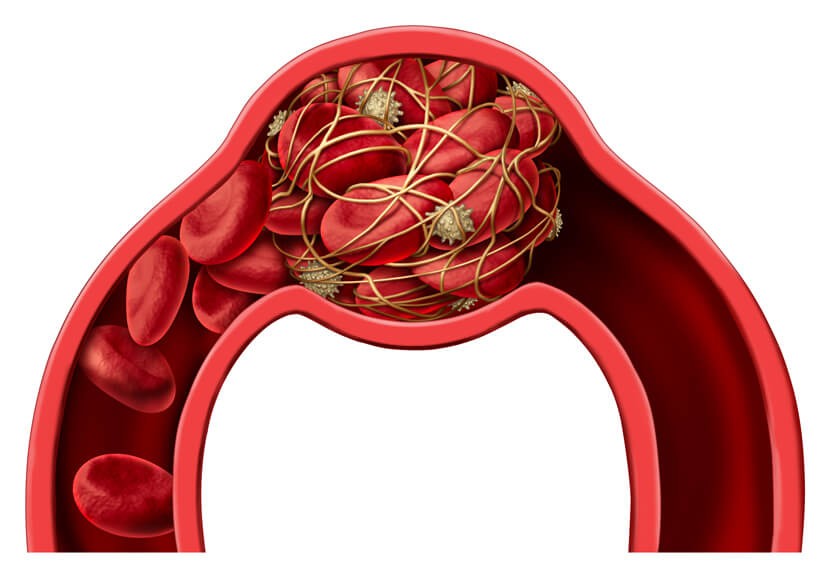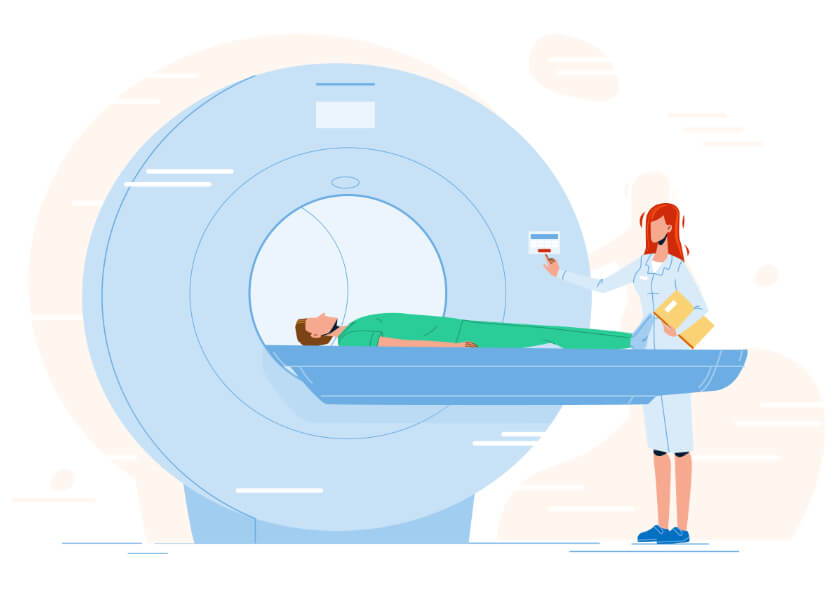
Vaping Lung Disease is Still Here

The year 2019 saw the introduction of two previously unseen, yet deadly respiratory illnesses: COVID-19 and EVALI. While COVID-19 is grabbing most of the headlines these days, EVALI is still here.
COVID-19 is a serious respiratory disease caused by a coronavirus. The first confirmed cases of COVID-19 appeared in China in December of 2019. EVALI, also known as vaping lung disease, showed up just a few months before COVID-19 reached pandemic levels. The two conditions may have co-existed for some time; both are still affecting people today.
The Rise of EVALI and COVID-19
On July 26, 2019, doctors at Children’s Hospital of Wisconsin reported treating eight teenagers for serious lung damage; all eight teenagers reported vaping. The CDC later named the condition EVALI, as an acronym for e-cigarette or vaping product use-associated lung injury. The agency also links the outbreak with Vitamin E acetate, sometimes added to vaping products. Vitamin E acetate is often found in the lungs of people who have used vaping products containing the vitamin; Vitamin E acetate is never present in the lungs of people who have not used vaping products.
EVALI cases rose for the next several months and peaked in September before falling dramatically. By mid-December, EVALI had hospitalized 2,500 people in the nation and had claimed the lives of 54. Just weeks later, officials in Wuhan, China, reported the first case of the novel coronavirus. By the first reported COVID deaths in the U.S. in late February of 2020, all 50 states had reported EVALI cases and 68 people had perished from EVALI.
EVALI all but disappeared from the news cycle by the end of March 2020, as COVID-19 raged in New York City and began taking hold in other states. Meanwhile, emergency department visits for EVALI declined.
Differences and Similarities between EVALI and COVID-19
There are differences between EVALI and COVID-19. EVALI is the result of vaping and is not contagious, of course, while COVID-19 is caused by a virus and is easily spread through droplets. EVALI preceded COVID-19 by several months; the median age of EVALI patients was 24, whereas COVID-19 has hospitalized and killed primarily older adults.
However, there are similarities between COVID-19 and EVALI. These similarities have some wondering if there is a connection between the two respiratory conditions, and if some cases of EVALI were actually unrecognized cases of COVID-19. Most certainly, the early cases of COVID-19 made the diagnosis of EVALI more challenging, and vice versa.
EVALI and COVID-19 are both respiratory conditions that cause breathing issues, such as shortness of breath, cough, chest pain, and low oxygen levels. The two conditions can cause respiratory distress, which occurs when fluid accumulating in the lungs prevents the tiny air sacs from filling up with enough air. Both EVALI and COVID-19 cause systemic symptoms, such as fever, vomiting, and chills.
The two conditions can look similar in lab test results and in imaging tests. Doctors can perform special blood tests, known as inflammatory markers, to look for signs of inflammation that is common in both EVALI and COVID-19. Both diseases can create “ground glass opacities” in lung x-ray images; as their name suggests, ground glass opacities look like bits of ground-up pieces of glass in the x-ray images. EVALI and COVID-19 can also cause interstitial lung disease (ILD), a condition that causes scarring of the lungs visible on a chest x-ray.
A nasal swab test can confirm current infection with COVID-19, and a blood test can detect antibodies to the coronavirus to determine if someone had become infected with coronavirus in the past. There are no such tests to determine if a patient has EVALI. In fact, EVALI is a diagnosis of exclusion, which means a doctor diagnoses EVALI through a process of elimination.
While both vaping lung disease and COVID-19 affect patients in similar ways, it is important to get the diagnosis right because treatment for EVALI and COVID-19 are quite different. Doctors often treat EVALI with steroids, for example, but treat COVID-19 with the anti-viral drug remdesivir. Both EVALI and COVID-19 require treatment with the correct medicine early in the disease, so getting a correct diagnosis from the beginning is essential.
To make an accurate diagnosis, doctors must pay close attention to the patient’s history of exposure to coronavirus or vaping. Age of the patient may also play a role – doctors may suspect EVALI in teens and young adults who test negative for COVID and consider coronavirus in older patients. However, age is not always a factor, in that many young people can get COVID and some older people use marijuana vaping products.
Some of the complications of COVID-19 can also make it hard to diagnose lung disease. For example, many children with COVID-19 develop multisystem inflammatory syndrome in children (MIS-C), a condition in which different parts of the body become inflamed. MIS-C can affect a child’s heart, lungs, brain, kidneys, skin, eyes, or gastrointestinal organs weeks after the initial COVID-19 diagnosis. Symptoms of MIS-C are similar to those of EVALI.
EVALI in the Era of COVID-19
In a recent study published in SAGE, three adolescents who had EVALI early in 2020 actually showed symptoms similar to COVID-19: fever, cough and respiratory distress, abdominal symptoms, and low oxygen levels. Their lab tests showed signs of inflammation commonly seen in COVID-19. Chest imaging showed that all three patients had ground glass opacities and signs of interstitial lung disease, but all three patients tested negative for COVID-19 twice.
When doctors questioned the patients and their parents further, they learned that the adolescents had a history of vaping marijuana-related products. The doctors subsequently diagnosed the patients with EVALI.
Doctors are seeing fewer cases of EVALI, but the disease is probably still out there. What’s worse is that research suggests that teenagers and young adults who vape or use tobacco have a five to seven times higher risk of developing COVID-19 than do their peers who have never vaped.
While most of the nation continues its fight against coronavirus, EVALI is still causing lung disease. The similarities between EVALI and COVID-19 may make it harder to diagnose both diseases, and the vaping that causes EVALI can increase the risk of contracting COVID-19. Clearly, vaping lung disease is still here alongside COVID-19.




